
Best phones 2025: Jump Menu
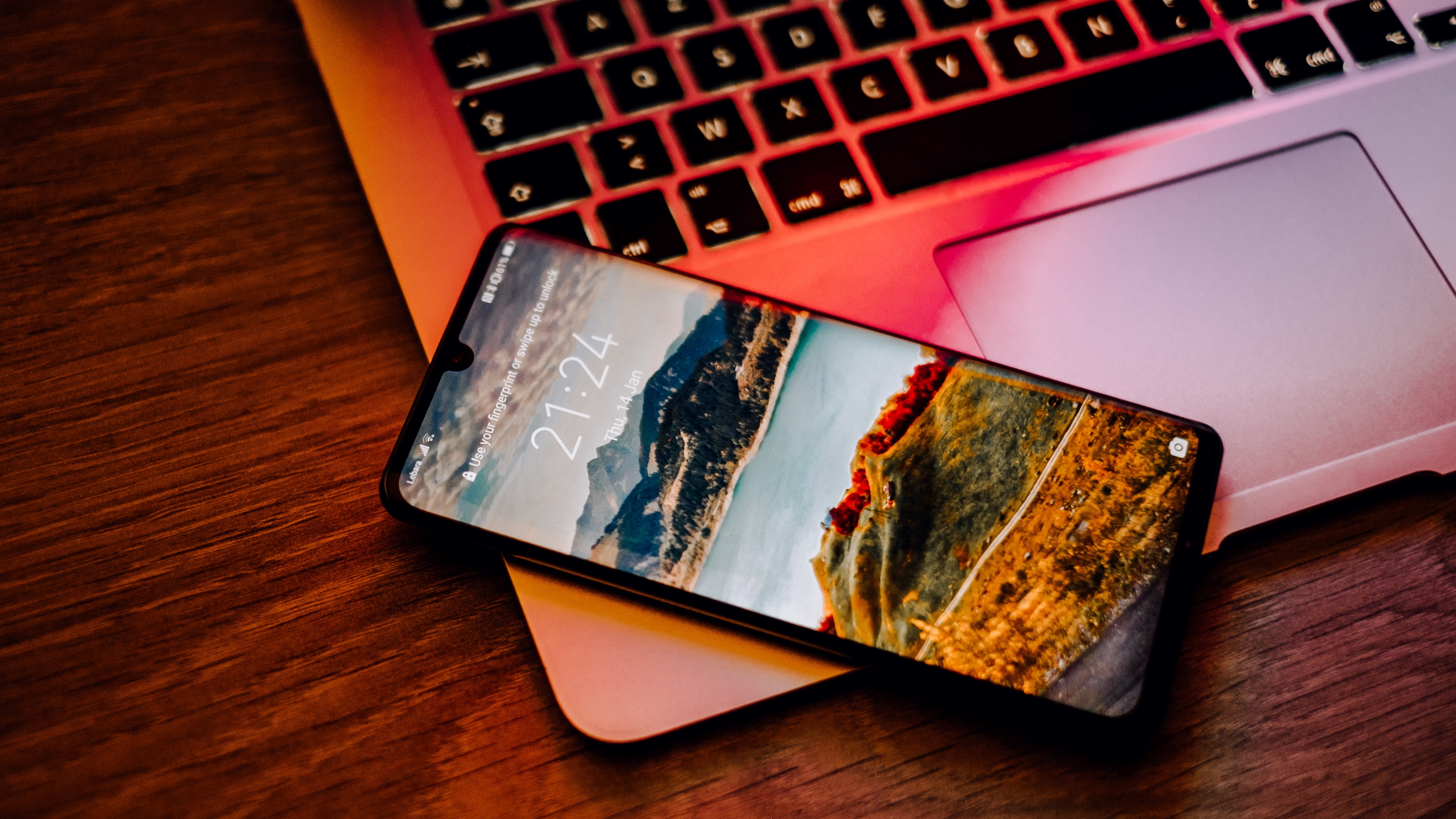
00. The list in brief ↴
01. Best premium Apple: iPhone 15 Pro Max
02. Best premium Android: Samsung Galaxy S23 Ultra
03. Best for most people: Google Pixel 7 Pro
04. Best affordable Android: Nothing Phone (2)
05. Best Apple for most people: iPhone 14 Plus
06. Best cheaper Android: Oneplus 11
07. Best standout design: Oppo Find X5 Pro
08. Best Motorola: Motorola Edge 40 Ultra
09. Best small-scale Android: Samsung Galaxy S23
10. Best big-sensor camera: Xiaomi 13 Pro
11. How to choose the phone for you
12. How we test the best phones
Fancy a new smartphone? Our best phones guide will help you compare and contrast the very best handsets on the market right now. We'll show you the very best smartphones no matter who makes them, what OS they run or how much they cost.
If you already prefer a particular platform, such as Android or iOS, we also have a dedicated guide to the best Android phones and one for the best iPhones.
Some of these phones are quite expensive, but you don't necessarily need to spend tons of cash on a new smartphone. In addition to the affordable models we've covered here we've also put together an entire guide to the best cheap phones, and if you're looking for a compact device rather than an enormo-screened obelisk you'll find plenty of choice in T3's best small phones feature.
Without further ado, let's get to the fun bit: our picks of the very best phones you can buy right now, as tested by our resident reviewers. We've thoroughly tested every single one of these handsets to really put them through their paces, and we've used them in all kinds of environments to see how they perform in the real world.
T3's Top 3
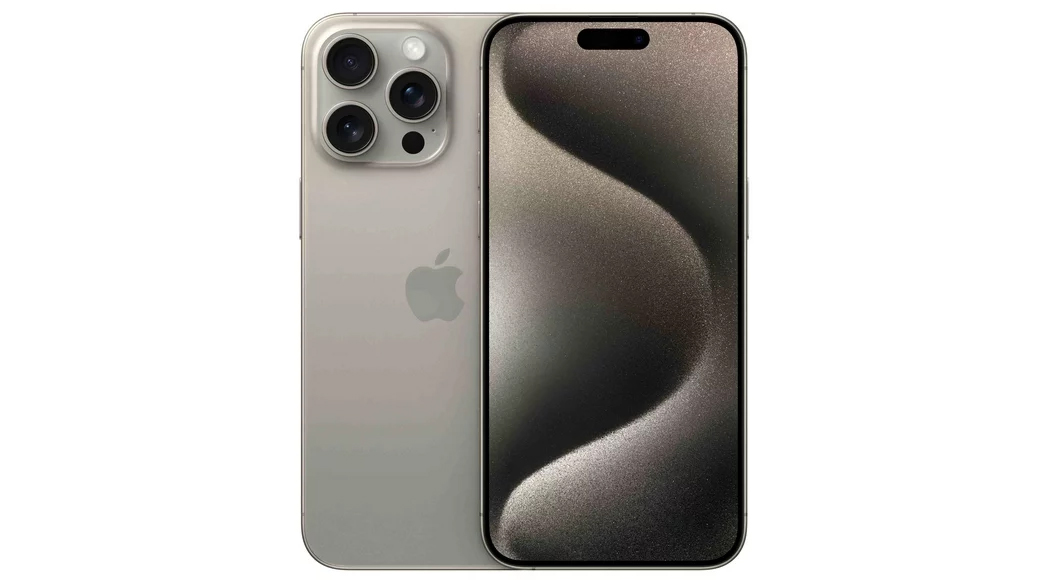
Best premium iPhone
The best premium Apple phone has to be the iPhone 15 Pro Max. Serving up Apple's very best in mobile photography and gorgeous titanium design, it's undoubtedly the top-tier Apple device.

Best premium Android
The best premium Android phone is the Samsung Galaxy S23 Ultra. A svelte, sexy design, incredible cameras and even an integrated S Pen stylus for added versatility, Android phones don't get any more sophisticated than this.
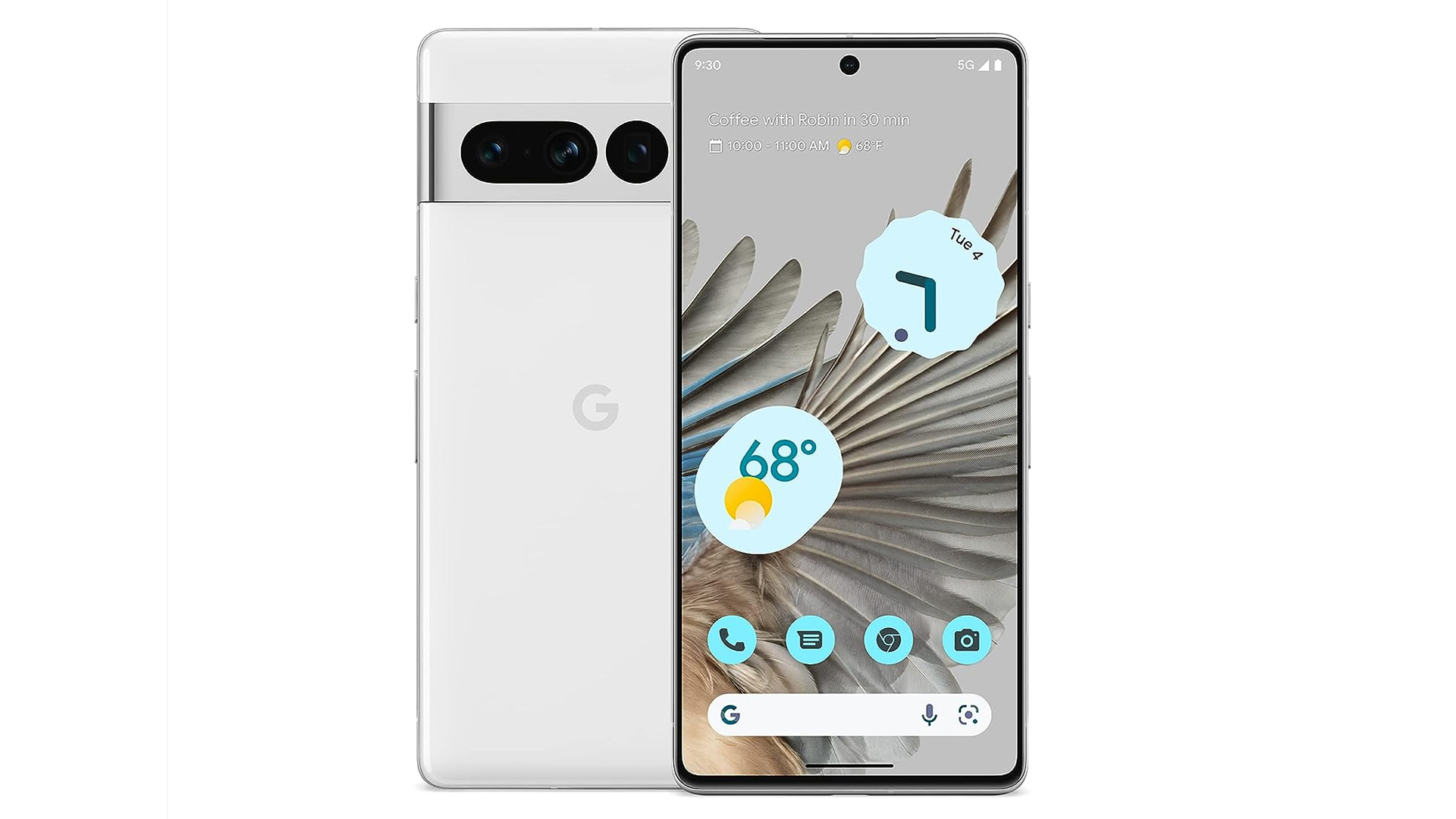
Best for most people
The best phone for most people is the Google Pixel 7 Pro. Great features but without the sky high price tag, plus a distinctive design and accomplished cameras, Google's 2022 flagship is a super handset.
The best phones you can buy in 2025
Best premium Apple
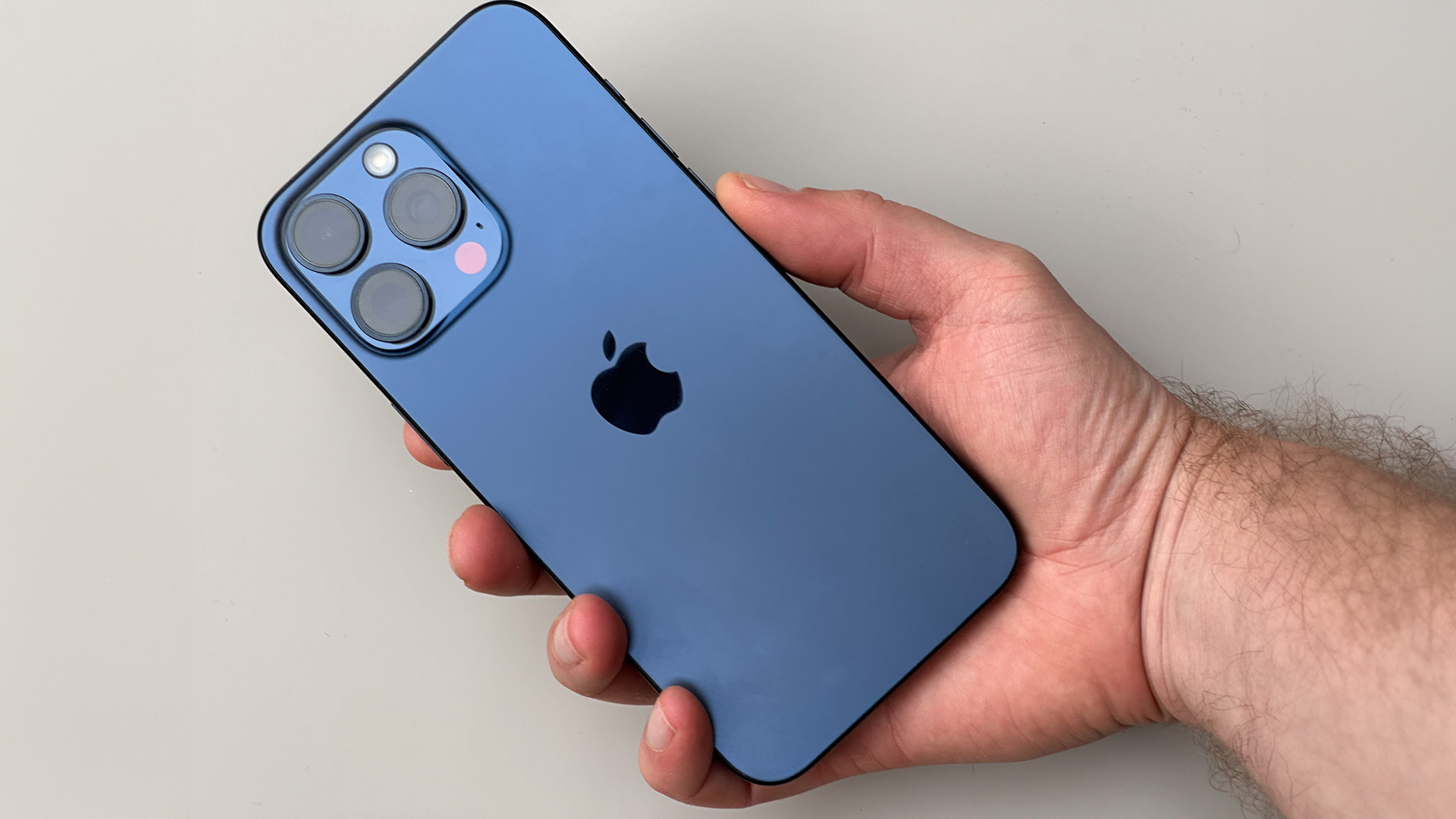

Specifications
Reasons to buy
Reasons to avoid
If you're looking for a new iPhone then this one is the best-of-best in the current range. Introduced late 2023, the 15 Pro Max (and its 15 Pro sibling) is the first to debut a new titanium enclosure that looks sublime and is lighter in weight than its predecessor.
As we said in our review: "The iPhone 15 Pro Max continues to push the boundaries of what is possible from a smartphone. Thanks to titanium it's lighter and stronger than ever, boasts an even greater camera array, and it brings in USB-C charging for the first time. If you want the very best, this is the phone to buy." These new features can cost the battery life a bit, however, which is part of the reason we'd suggest picking this Pro Max model over the smaller Pro version.
The other real standout feature that distances the iPhone 15 Pro Max from the competition is it cameras, which includes a 5x optical zoom telephoto with astounding optical stabilisation that's out of this world. No other iPhone 15 model has a setup quite like this!
Read our full iPhone 15 Pro review to see if Apple's top handset is the right match for you...
Best premium Android
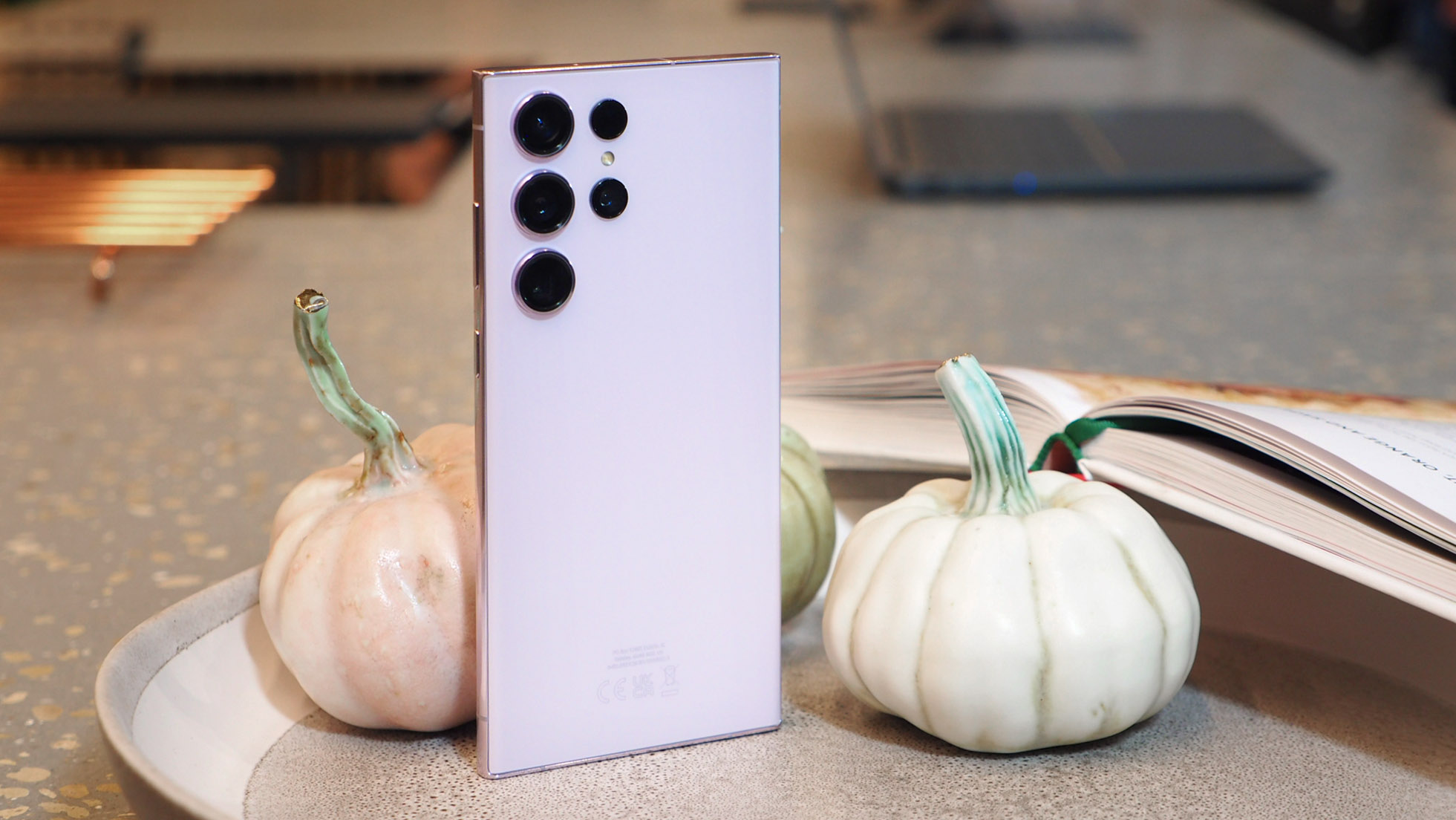
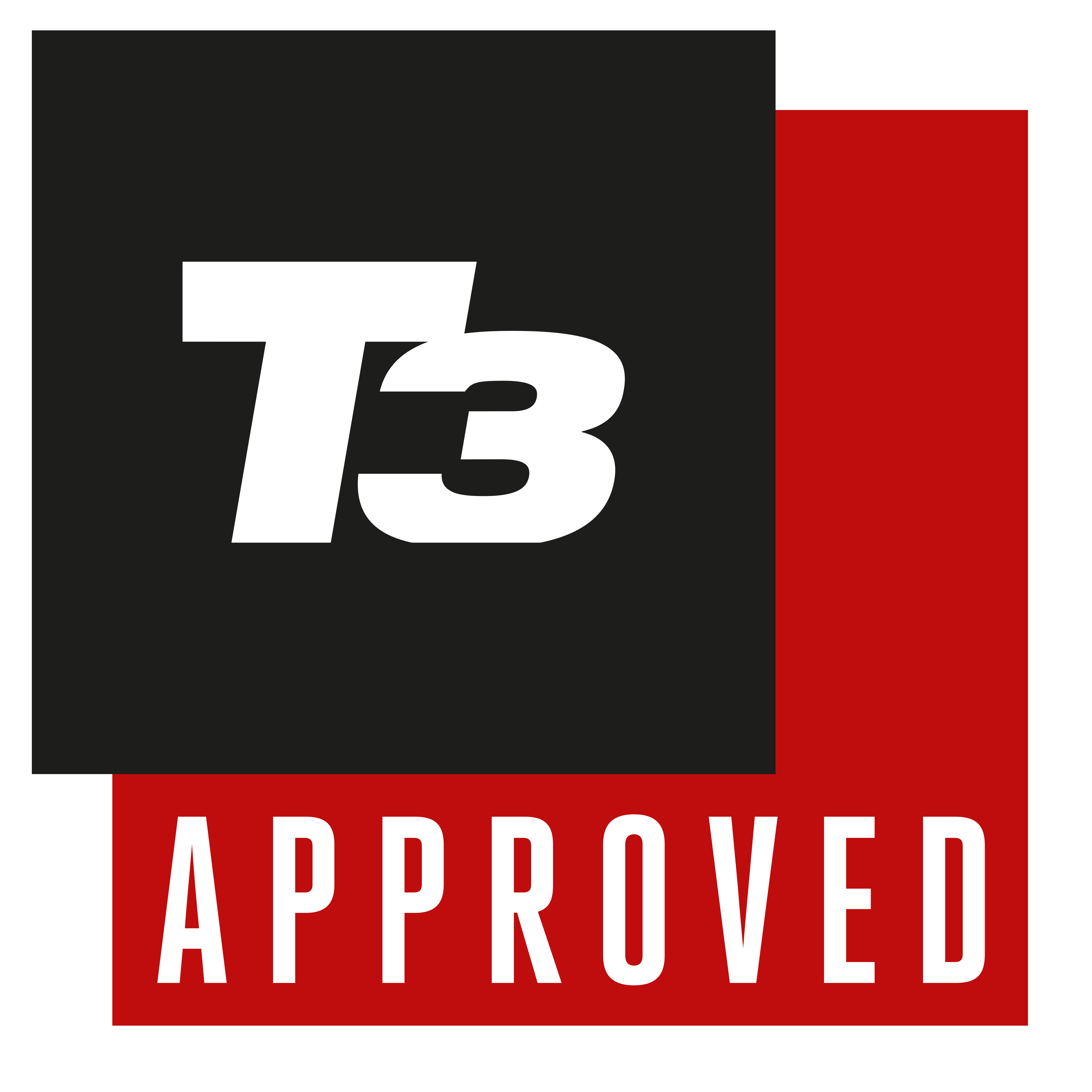
Specifications
Reasons to buy
Reasons to avoid
Samsung rules the roost when it comes to premium Android phones, and the Galaxy S23 Ultra is the current the pinnacle of its range. For your money you get a gorgeous design, subtly curved display, even a built-in S Pen stylus to add greater versatility to the software experience.
It's also the first Samsung phone to feature a 200-megapixel camera, which is the biggest difference versus its Galaxy S22 Ultra predecessor. If you don't have 23 Ultra money to spend, then the Galaxy S22 Ultra is still a mighty fine phone, which you can now pick up for less.
Around the back of the S22 Ultra is where the action lies though: that quartet of cameras, arranged in exposed lenses as part of this design, really deliver quality through wide-angle to various zoom steps. It's super easy to use and the results speak volumes, whether shooting in day or night, and having various zoom options stands out compared to much of the flagship competition these days too.
Want to know more? Read our full Samsung Galaxy S23 Ultra review for the full breakdown about this top-end Android phone
Best for most people

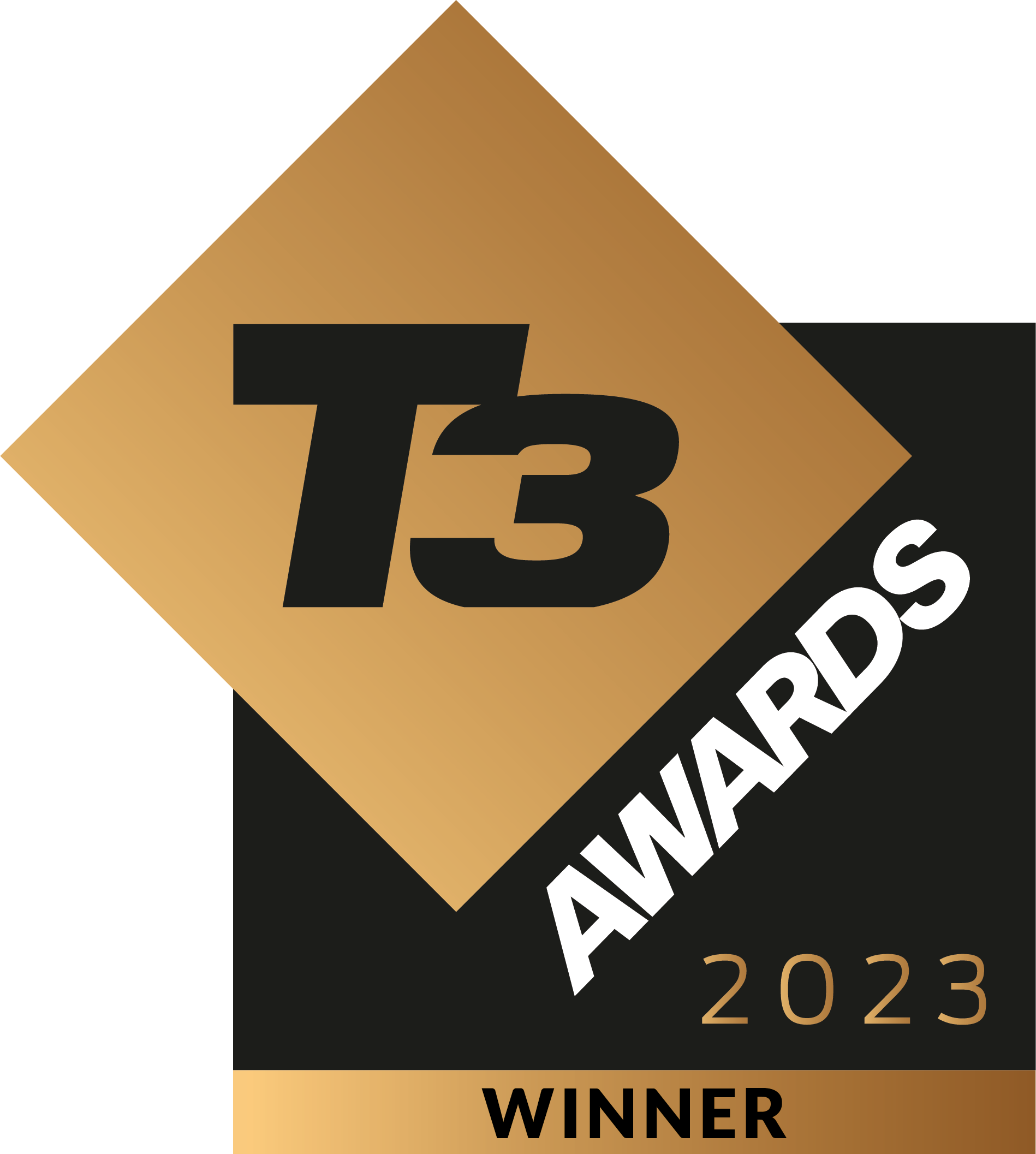
The Google Pixel 7 Pro delivers the best Android experience for most people
Specifications
Reasons to buy
Reasons to avoid
Google's 2022 flagship, the Pixel 7 Pro, features astounding cameras that are easy to use and deliver great results in all conditions. You get Google's own second-gen processor, the Tensor G2, on board, too which is lightning fast and crunches through tasks with ease.
Above all else, however, it's the distinctive design that's a real breath of fresh air here. Sure, the aluminium finish does scuff too easily and should be hardier, but given the overall price of this device undercuts the super-priced flagships, it makes for an ideal phone for most people (who aren't looking for iPhone anyway).
Like the idea of Google's flagship being more affordable than most? Read our full Google Pixel 7 Pro review to learn more – and why it was the Best Phone winner in the 2023 T3 Awards!
Best affordable Android
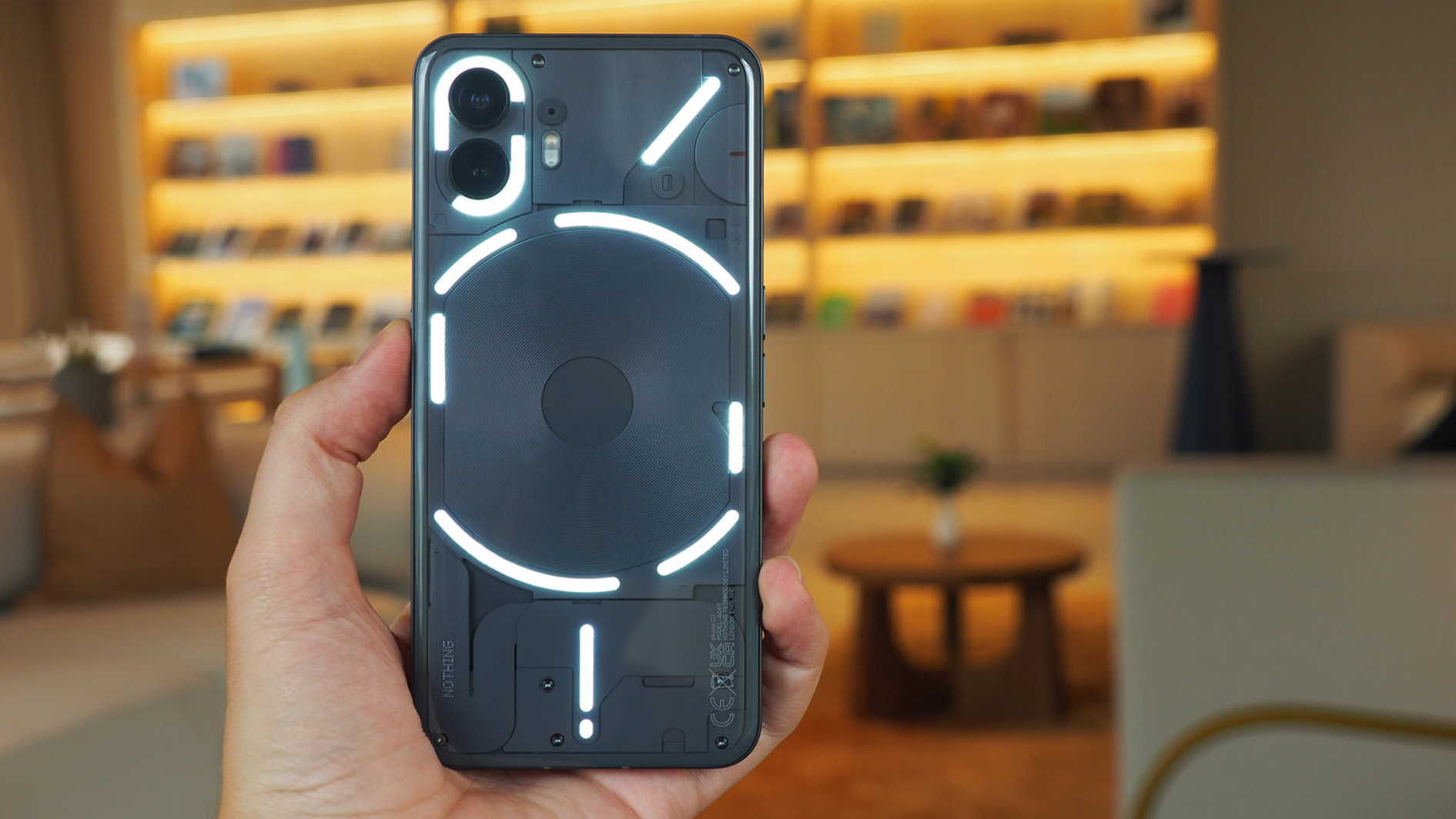

This rising brand delivers stacks of spec for a smaller price, making it the best for lower budgets
Specifications
Reasons to buy
Reasons to avoid
As said in our review: "the Nothing Phone (2) impresses threefold: first it's so comfortable to hold and use, with a distinctive design; two, the improvements to everyday essentials compared to the first-gen phone, such as battery life and screen quality, are a real mark of quality; third, it adds a dollop of fun on top all of that, with features such as Glyph lights not just being a throwaway gimmick.
Sure, it's pricier than its predecessor, but it's worth it and this handset is one of those rare moments of unexpected Android phone joy. That's largely down to the Glyph lights on the rear, which illuminate in various ways depending on the notification. Not one for everyone, but for those who take the plunge this iPhone-lookalike Android handset is a real treat.
Check out our full Nothing Phone 2 review to see if this affordable yet high-spec handset is the Android phone for you
Best iPhone for most people
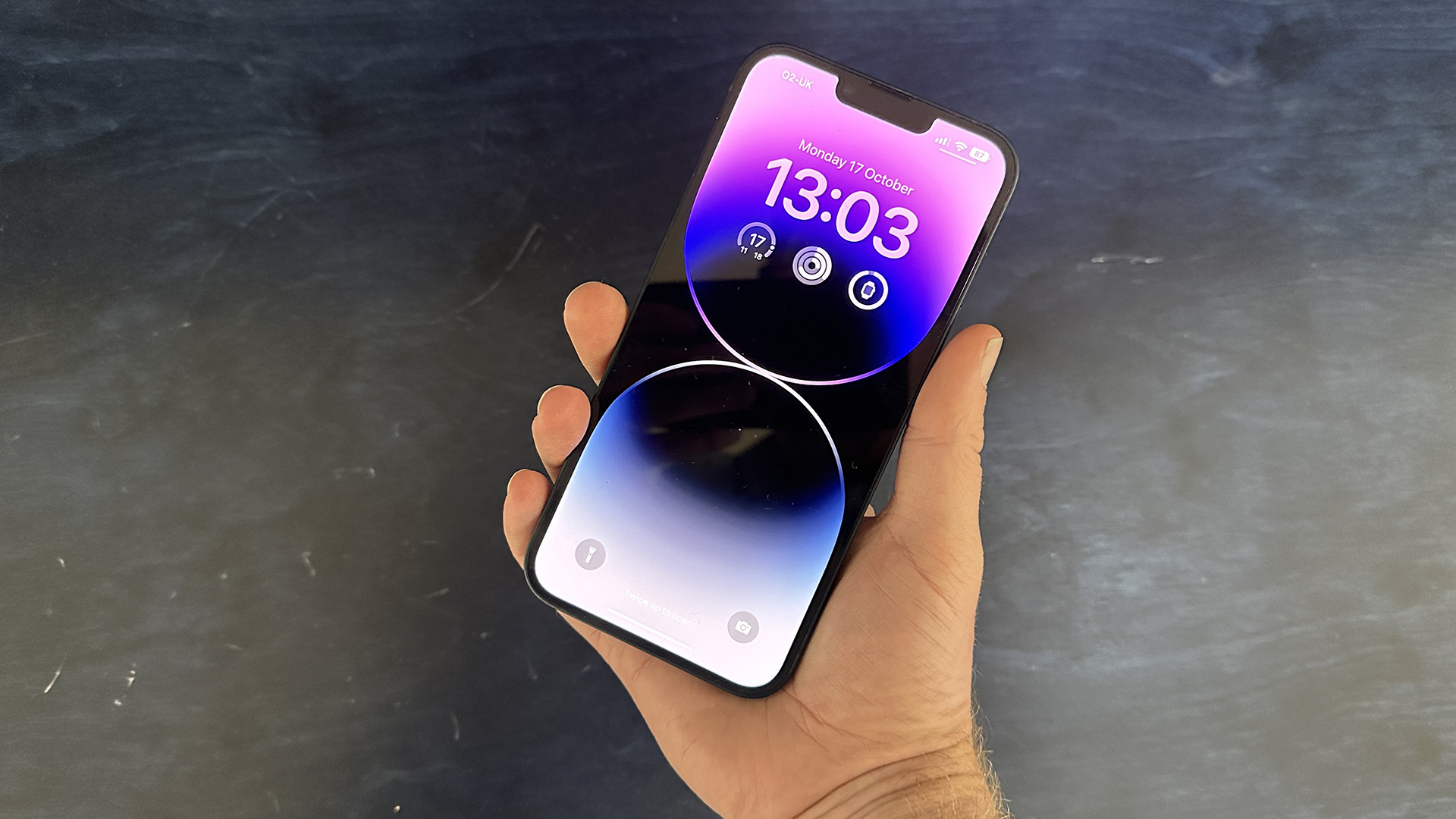

Specifications
Reasons to buy
Reasons to avoid
The 'Plus' model in the range has ousted the standard iPhone 14 from our list because we think the Plus's bigger screen, at 6.7-inches, is better for most people –and the bigger scale means greater battery life too.
If you don't want the camera upgrade of the Pro Max, but do want the physical screen size, then we find the Plus to be a really great balance. Not to mention, of course, that the Plus saves you cash compared to the higher-end iPhone models.
There is, of course, now an even newer iPhone 15 Plus model, complete with Dynamic Island notch-style within the screen, which is also more powerful and may take your preference from a design perspective.
Check out our full iPhone 14 Plus review to see if Apple's newest entry to its series is a winner for you
Best cheaper Android
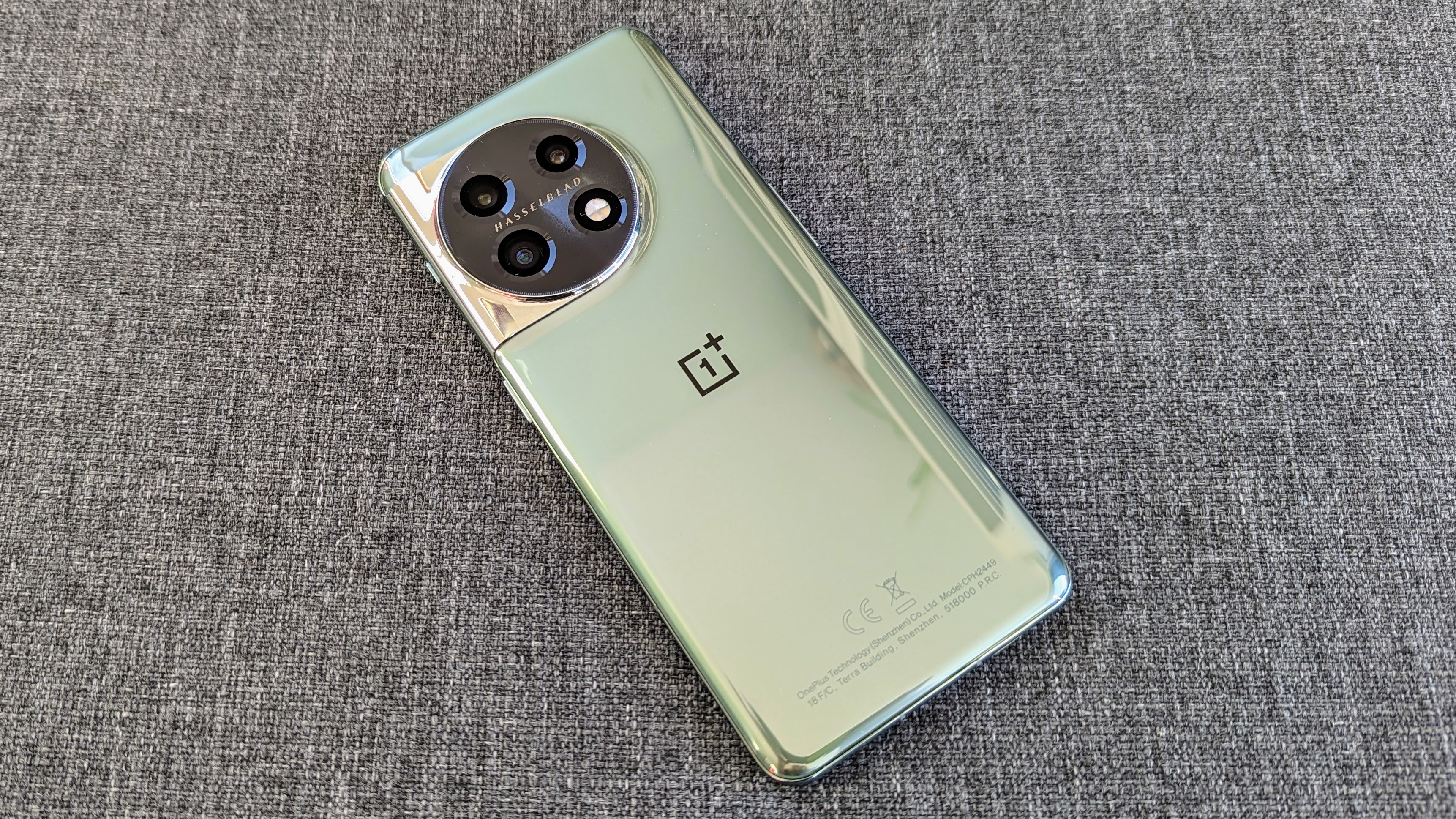

A great affordable Android phone
Specifications
Reasons to buy
Reasons to avoid
OnePlus has risen through the ranks over the years, always offering seriously big spec for a not-so-big price point. In the OnePlus 11 you get a stunning 6.7-inch screen that we found to be its main lure – especially thanks to its 120Hz fast refresh rate and high-res 10-bit colour depth quality.
Another headline grab that we really love about this phone is how quickly it charges – it only took us about 25 minutes to take it from empty to full. That 100W wired charging is game-changing – and a good job given the fact that the battery life is otherwise just okay – and one feature that helps it stand apart from its nearest Android offerings.
Check out our full OnePlus 11 review to read why we think it's a great Android buy
Best standout design
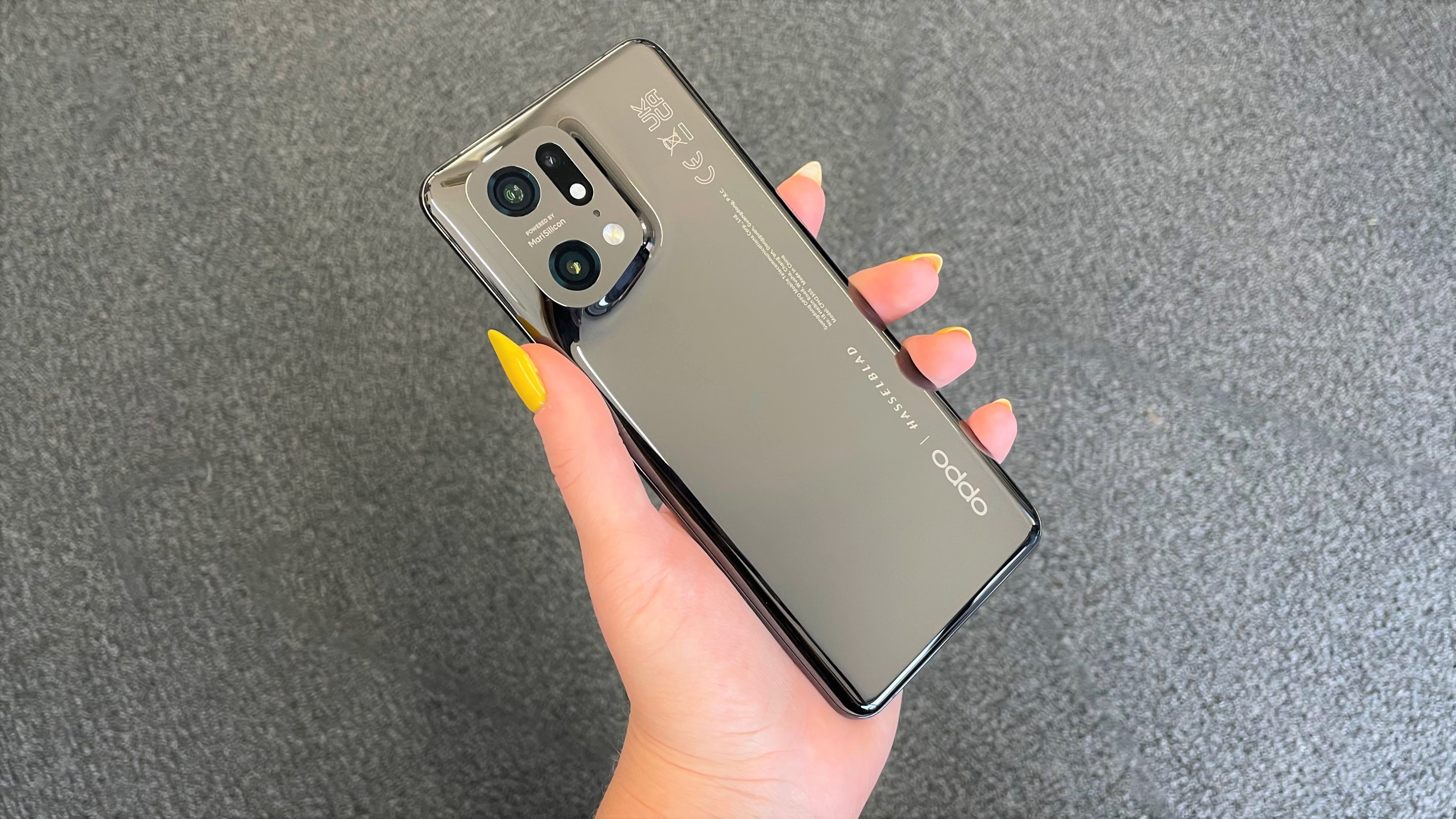

Superb design and great cameras from this Oppo handset
Specifications
Reasons to buy
Reasons to avoid
The Find X5 Pro is an ideal alternative to the Samsung Galaxy S22 series, delivering a gorgeous design finished in ceramic and a really impressive camera system. And just like the OnePlus further up this page, there's ultra-fast charging too.
If you’re big on photography then the Find X5 Pro is a real stunner, its dual 50MP main/wide cameras and 13MP telephoto camera are able to take super pictures – helped along by Oppo's own processing hardware that helps it stand apart from the crowd. It's the cameras that are a real big win here.
Read our full Oppo Find X5 Pro review to get a better look at this stylish handset and its super cameras
Best Motorola
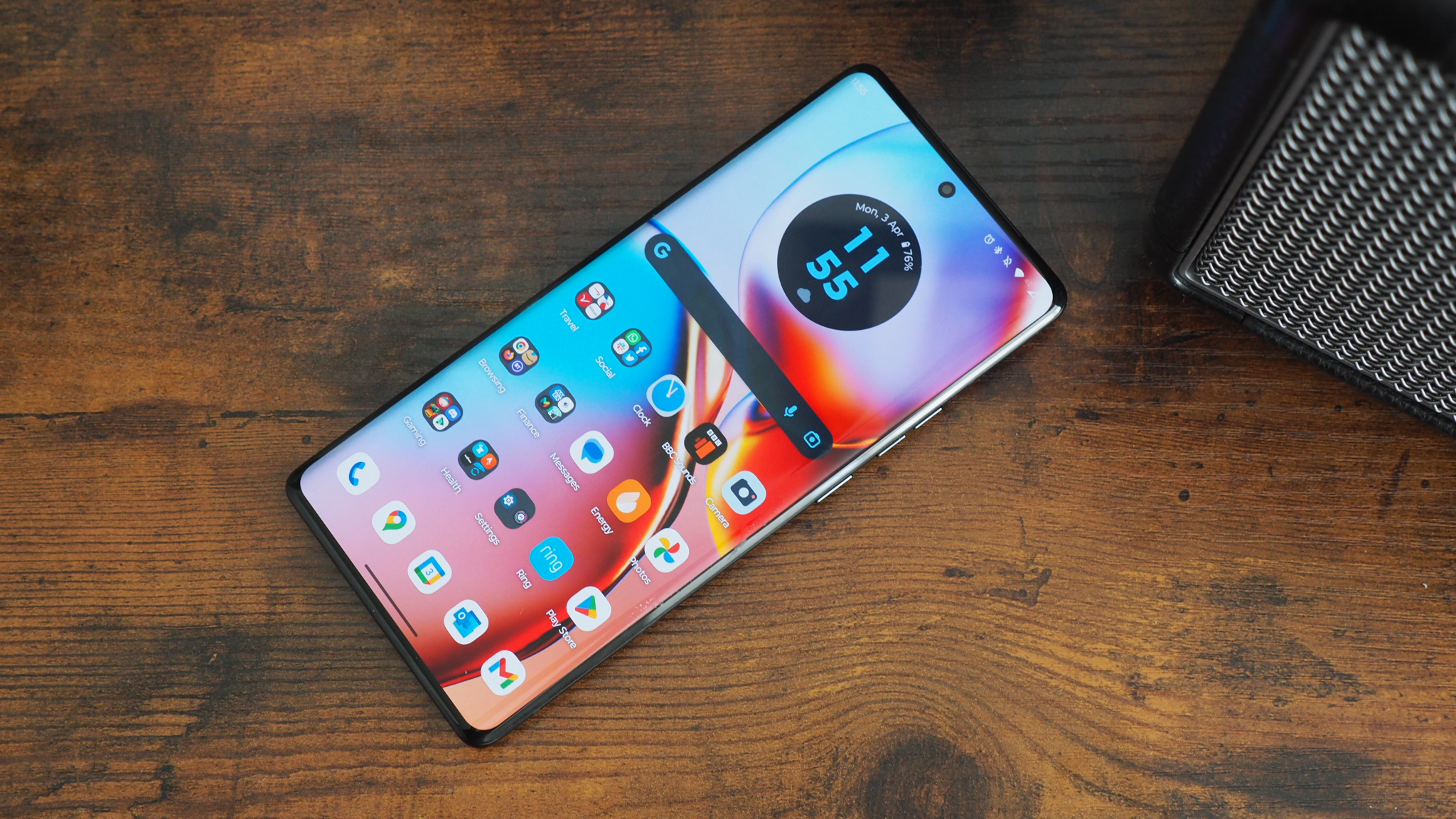

A fantastic premium Android phone
Specifications
Reasons to buy
Reasons to avoid
While its Edge 30 Ultra predecessor was the first ever phone to use a 200-megapixel camera, the newer step-down 'Pro' model goes with a pair of 50-megapixel lenses on the rear instead (there may be a 40 Ultra in the near future, who knows).
This, paired with stacks of power on tap from its Snapdragon 8 Gen 2 processor, plus its curved-edge screen, gives this Motorola phone distinctive appeal. It'll make for a solid Samsung Galaxy S23 alternative for many given the very fair asking price too.
However, the curved-edge display might not be for everyone, but as we said in our review: "The Edge 40 Pro is a surprise star – think of it as the plucky underdog and give this handset the respect it's due, as it's one of the sub-flagship Android winners of 2023".
Read our full Moto Edge 40 Ultra review to see why this high-res camera option is a great Android option
Best small-scale Android
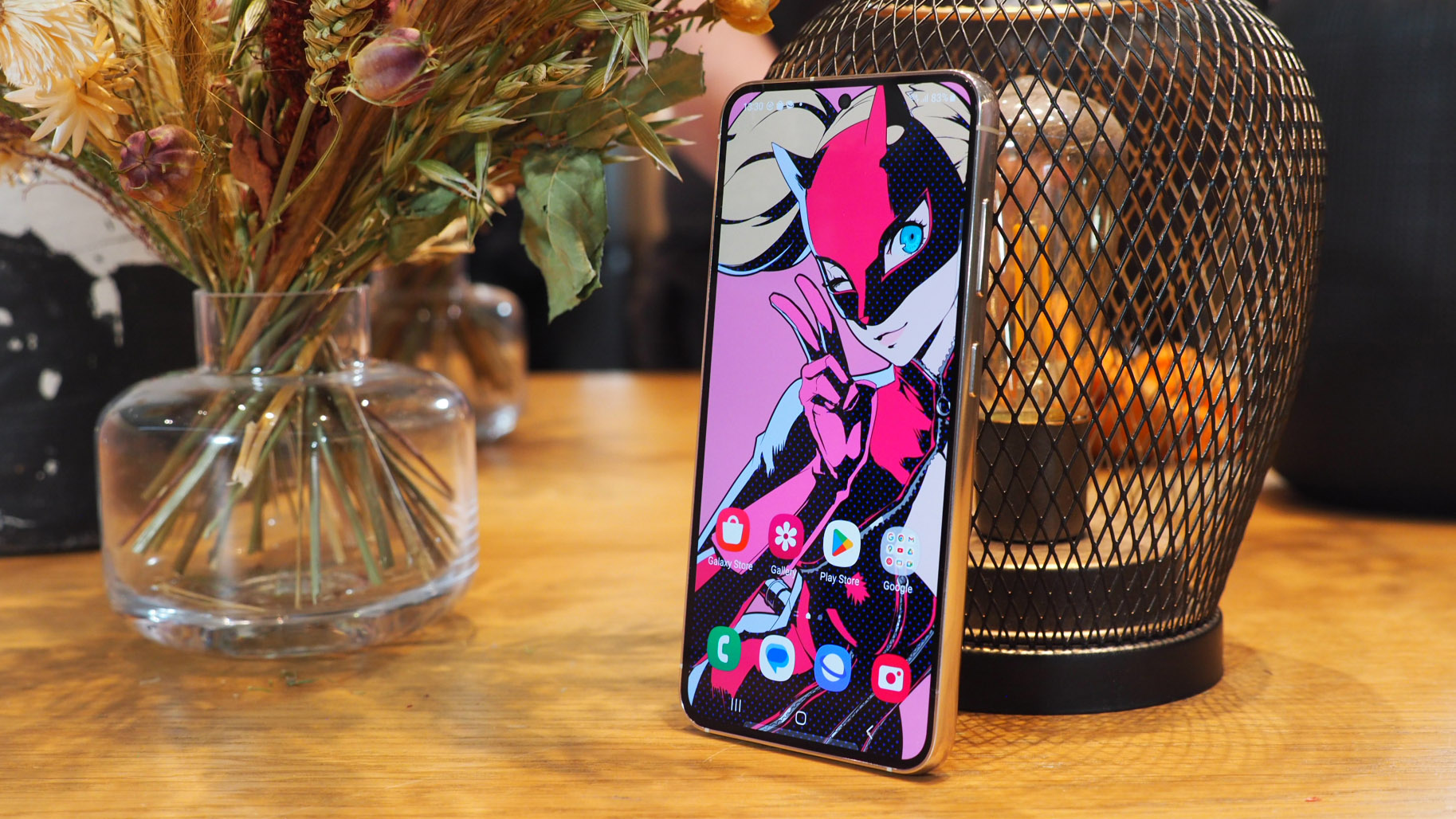

A great smaller-scale Android flagship
Specifications
Reasons to buy
Reasons to avoid
If the physical scale of the Ultra – not to mention the built-in stylus, curved screen, and additional expense – isn't appealing, but you're fixed on buying a pocketable yet near-perfect Android flagship, then the Galaxy S23 is a great choice.
It's not wildly different to the older Samsung Galaxy S22 model, but that's no matter, as both handsets deliver great style, a super 6.1-inch display, plus a versatile cameras arrangement.
Read our full Samsung Galaxy S23 review to see if this modest-sized Android flagship is the right choice for you
Best big-sensor camera
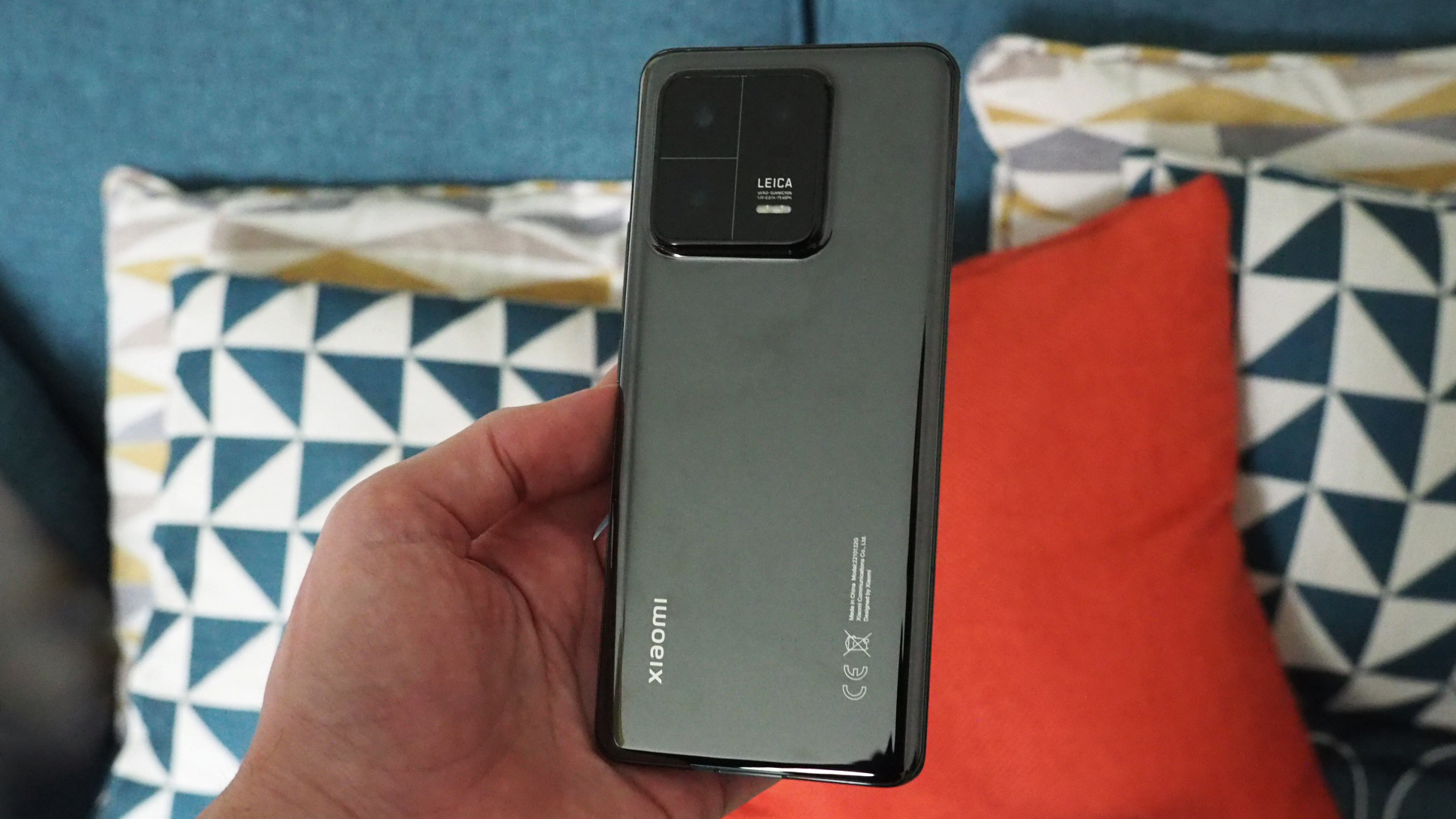

Specifications
Reasons to buy
Reasons to avoid
If you're looking for one of the best cameras in any Android phone then you might have to look no further than the Xiaomi 13 Pro. Its main 1-inch sensor is supreme thanks to great lenses and a Leica collaboration. Seriously, in the photography department this stuff is even more impressive than what rival Samsung is offering.
There's tonnes of power under the hood too, insanely fast charging, and a display to rival the best of them. The finish is a bit too fingerprint-friendly, however, and software irks prevent this handset from sitting higher up the list... plus it's tricky to track down in many territories! Just because the brand name is less familiar doesn't mean you should ignore what this phone can do for you.
Read our full Xiaomi 13 Pro review to see if this tip-top camera phone delivers all the right points to make it your perfect Android match-up
How to choose the best phone for you
Choosing the right phone is no easy task, as there are so many on the market and, truth be told, many of them are very similar. There are some core questions you should ask yourself before pulling the trigger on a smartphone upgrade, though.
Firstly, you need to establish if you're going to buy the phone SIM free (as in buy the phone outright upfront) or on contract. Both these options have their own strengths and weaknesses.
For example, buying a phone outright, and especially if it is a premium handset, can cost a lot of money, so you need to be able to swallow that. Once the phone is bought, though, then it is yours and you can go about getting one of the best SIM only deals, which offer better allowances for less money.
Contract purchases are great in the sense that they often put the phone in your hand for comparatively very little money or even for nothing, but then you need to pay for the phone over the period of your contract, which is tied to a network SIM plan that, most of the time, doesn't offer as good allowances or value as a SIM only one.
Next up you should ask yourself what your budget is, and what you're primarily going to be using the phone for. If you're a gamer then you're going to need to ensure you have a phone with good gaming functionality, while if you're a creative then you could benefit from a phone with digital stylus support. Equally, if you love taking photos then you need to prioritise a phone with a great camera system, and if you're a massive streamer then bagging a phone with a large screen would be a wise decision. If you're a busy working professional who travels a lot, then you'll want a phone with a large battery.
Once you've identified your needs and budget you can start to get more granular with your sorting. Next up we'd suggest identifying which OS and phone platform is right for you. The two main ones are Apple's iOS, which runs on all the maker's iPhones, or Android. iOS tends to be better for people who don't have too much technical knowledge and just want a streamlined, heavily guided user experience, while Android is more open and complex.
Finally, once OS is decided, you can start to add or take away features that you need or don't. For example, reverse wireless charging is really neat, but not every user will need it or use it, while phones that comes with huge amounts of RAM or storage may be useful for enthusiasts, but would go unused by many others. 5G connectivity is great and it is the future, but if you live in an area where there is no 5G coverage then do you really need a 5G phone?
These are just a few of the things we recommend people consider before buying a new phone, but we feel that providing each person does their research well (something this buying guide can help with), there's an ideal mobile for everyone.
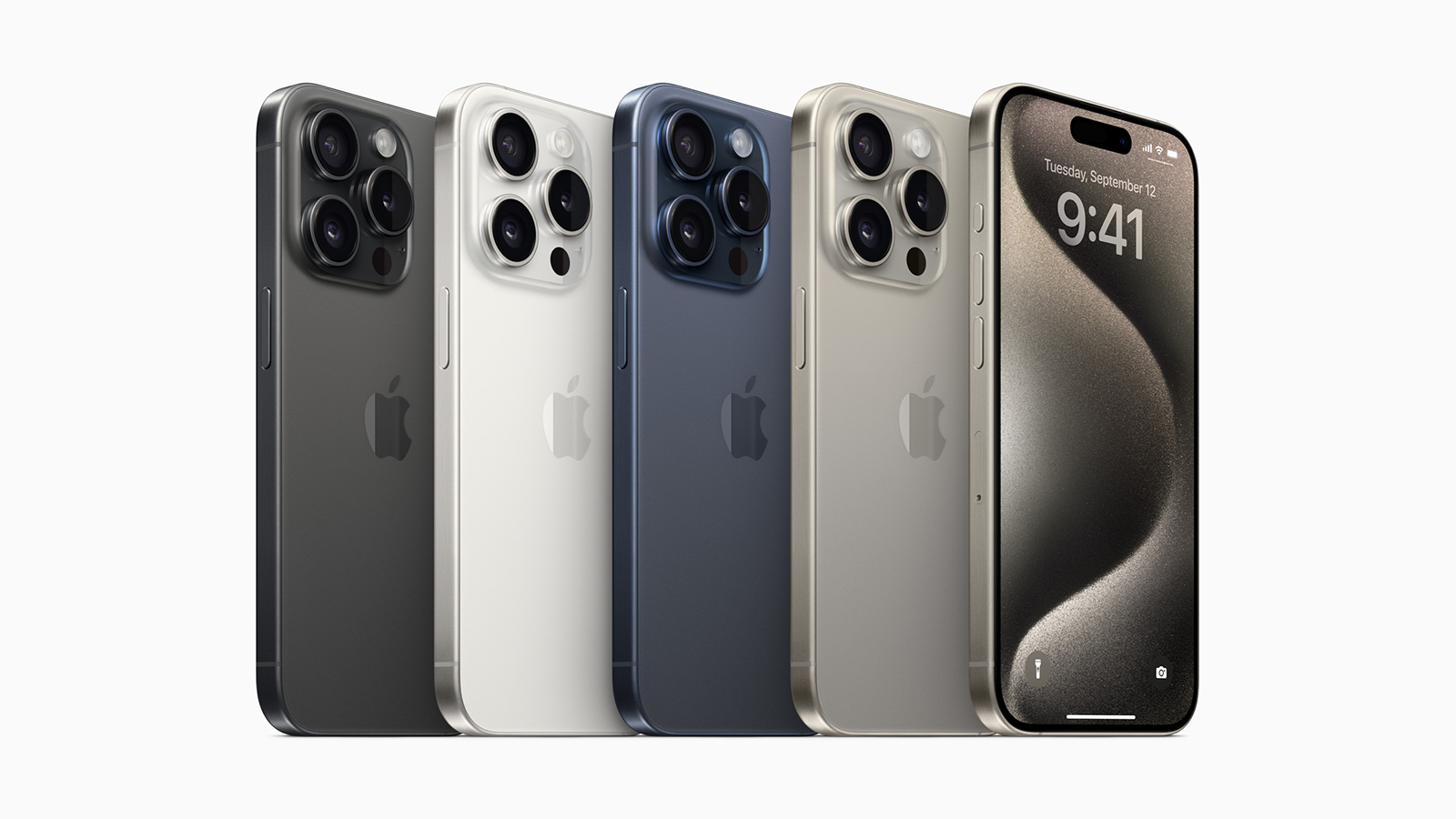
How we test the best phones
There's a lot to consider when reviewing one of today's best phones, and for T3 we have a detailed five-stage process that each new device goes through.
Firstly, we judge the phone from a build quality and fit and finish point of view, as well as how comprehensive its package is. This stage is very much ascertaining how a phone feels in the hand, how robust it looks and what extras it does or doesn't come with. If a phone has a cheap plastic backplate and a spongy screen then we'll find out and let you know.
Next up we review the phone from a setup and hardware point of view. This stage sees us setting up the phone as we would if it were our own, and examining exactly what hardware it comes with, such as its processor, RAM, storage and GPU, among other things. The goal here is to see how accessible setup is and what, on paper, your money is buying you.
Thirdly, we move onto the phone's software and standout features. So, for example, on Android we test out how good the a phone's user interface skin is (different manufacturers can built their own user interface, using Android as the base), as each one if definitely not made equal. We also test features like biometric security, fingerprint readers and reverse wireless charging.
Our fourth stage of testing is dedicated purely to the phone's camera system, as truth be told it's one of the most important aspects of a phone today and a primary reason why people choose one model over another. This stage involves taking photographs with the phone and testing out each of its main shooting modes, as well as analysing what video capabilities are on offer, too.
Lastly, we then consider each phone from a purely experiential point of view – as in, what is it like to use on a daily basis? This is a really important part of our testing as it strips away all the technical jargon and components and is just intended to reveal how good it is use. This procedure takes one to two weeks and usually encompasses battery testing.
Only then, when all five of these phone review procedures are complete, do we award a score to a phone, with 5 stars been the highest rank a product can get.
Liked this?
- And the best cheap phones
- These are the best laptops for any usage case
- Don't forget about the best tablets
Sign up to the T3 newsletter for smarter living straight to your inbox
Get all the latest news, reviews, deals and buying guides on gorgeous tech, home and active products from the T3 experts

Mike is T3's Tech Editor. He's been writing about consumer technology for 15 years and his beat covers phones – of which he's seen hundreds of handsets over the years – laptops, gaming, TV & audio, and more. There's little consumer tech he's not had a hand at trying, and with extensive commissioning and editing experience, he knows the industry inside out. As the former Reviews Editor at Pocket-lint for 10 years where he furthered his knowledge and expertise, whilst writing about literally thousands of products, he's also provided work for publications such as Wired, The Guardian, Metro, and more.
- Rian HowlettStaff Writer
- Max LangridgeStaff Writer
- Robert Jones
-
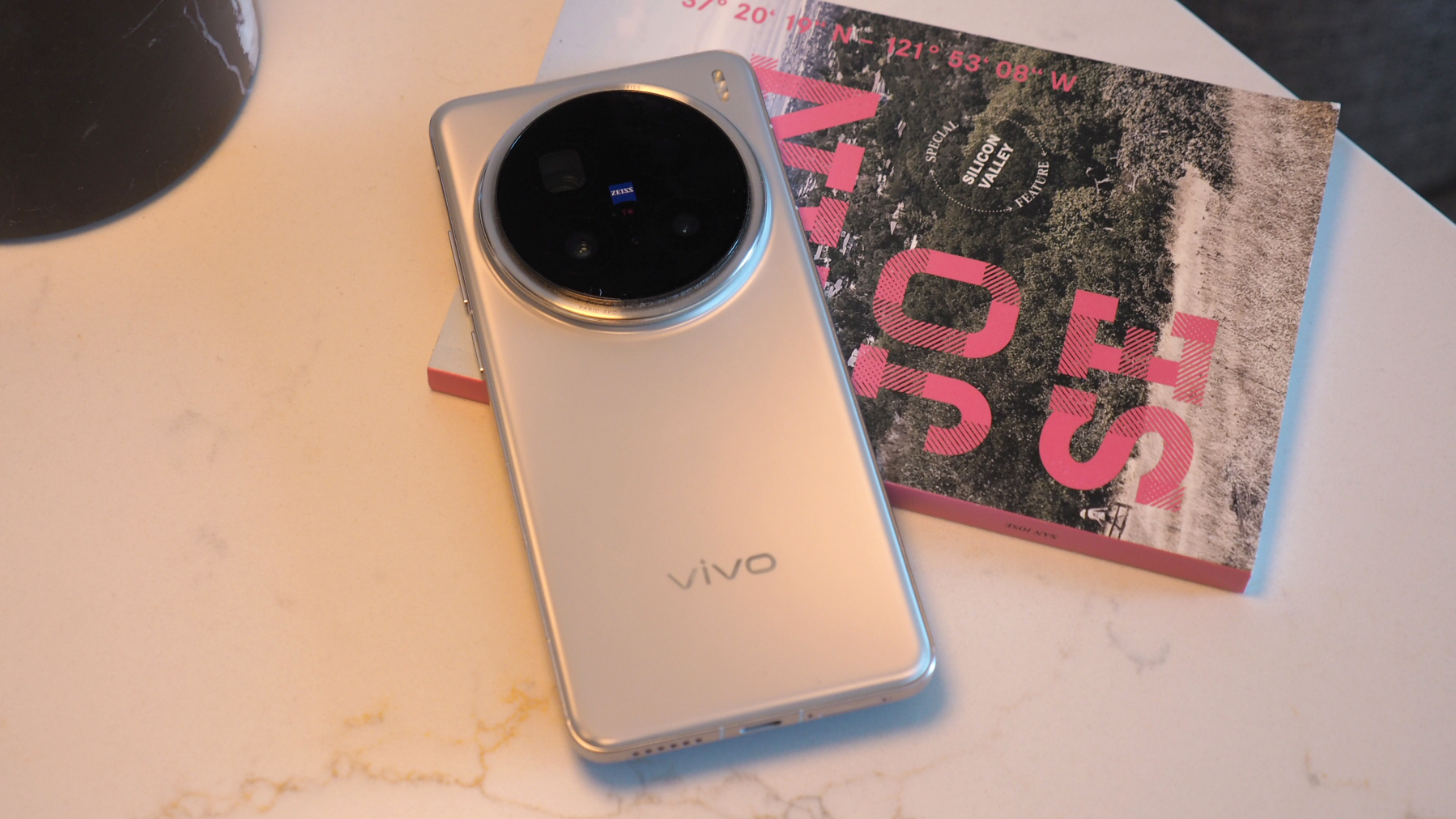 Android phones just got surprise prospective upgrade from MediaTek
Android phones just got surprise prospective upgrade from MediaTekDimensity 9400+ anyone? MediaTek's powerhouse chip just ranked up
By Mike Lowe Published
-
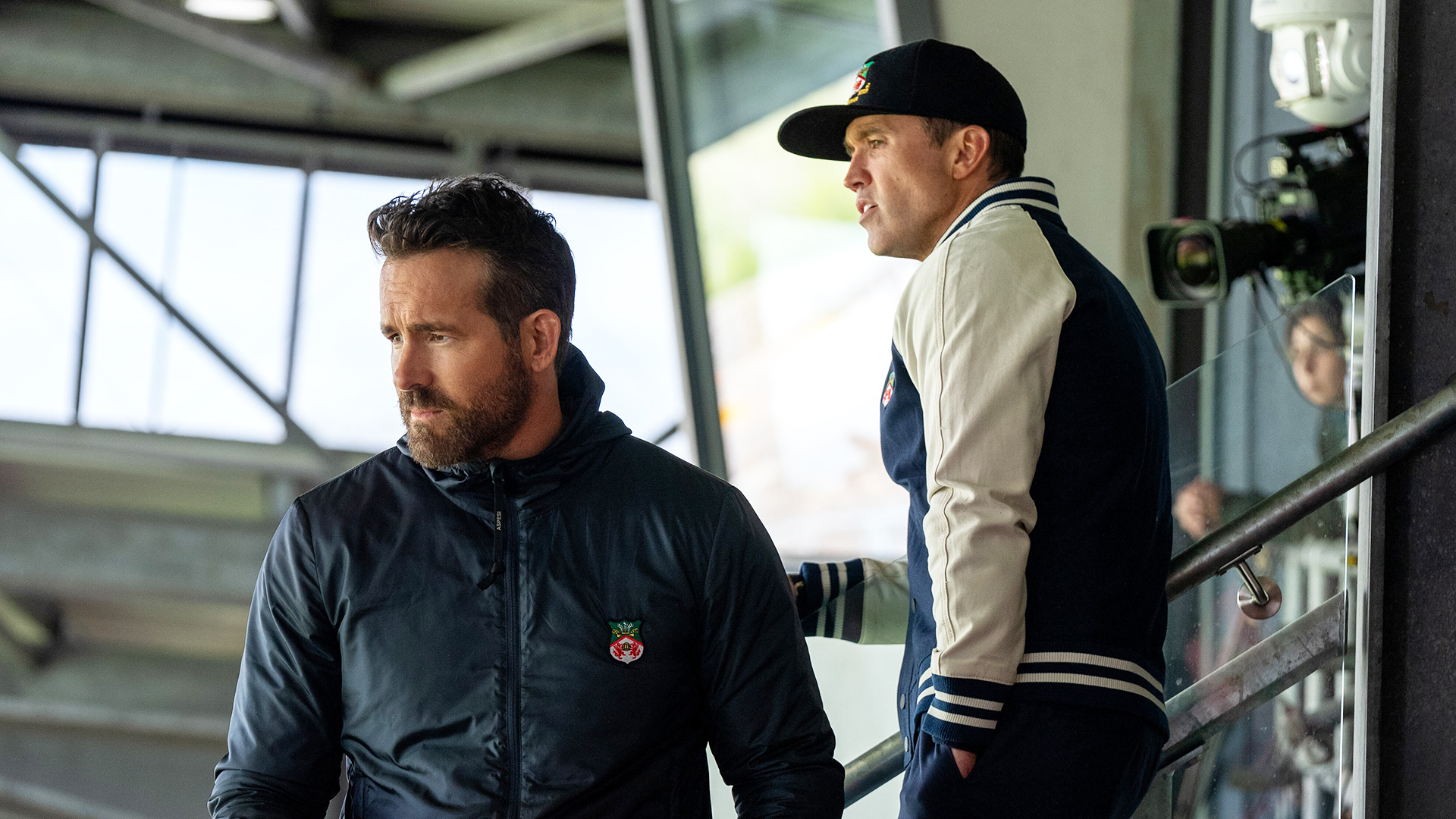 This Disney Plus favourite had 100% on Rotten Tomatoes last season – here's when the new one is out
This Disney Plus favourite had 100% on Rotten Tomatoes last season – here's when the new one is outIt's an Emmy award-winning show
By Sam Cross Published
-
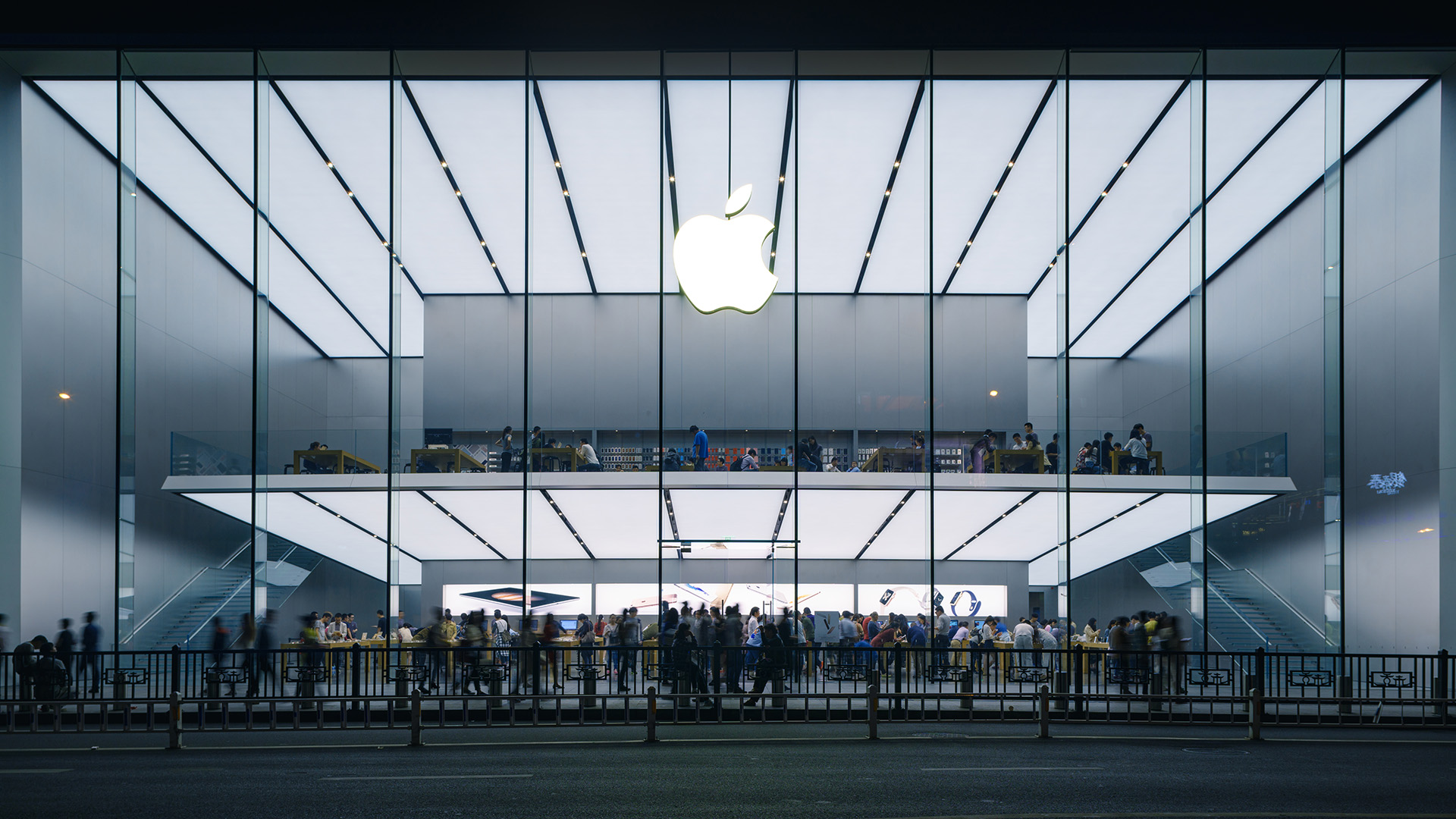 Is the cost of my iPhone going up? Everything we know about the effects of tariffs on tech
Is the cost of my iPhone going up? Everything we know about the effects of tariffs on techIt's an uncertain time for tech fans, with predictions not looking good for the price of phones, laptops and more in the US and beyond
By Sam Cross Published
-
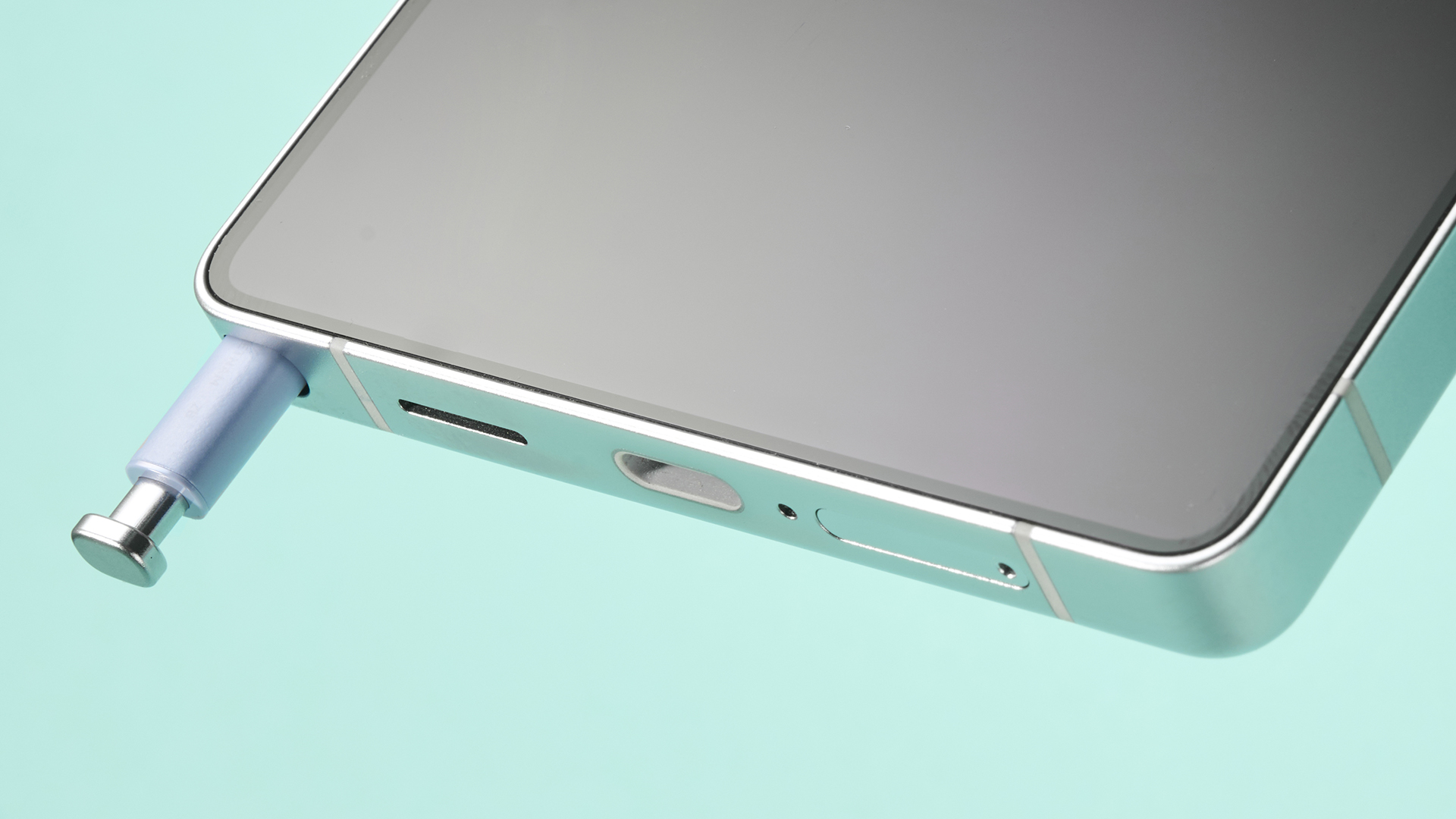 Samsung Galaxy devices could lose a unique feature after all
Samsung Galaxy devices could lose a unique feature after allThat's despite recent claims to the contrary
By Sam Cross Published
-
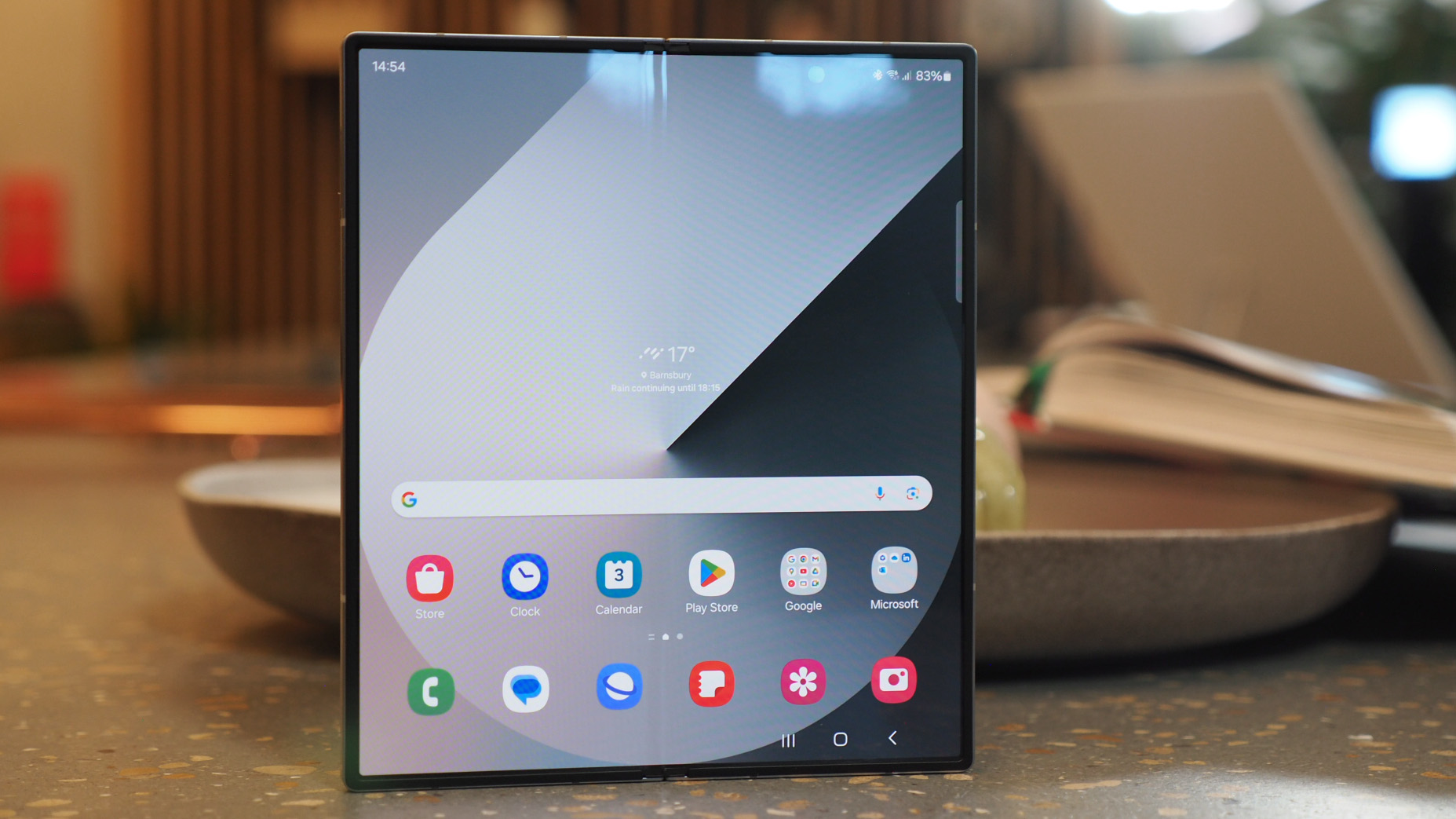 Samsung Galaxy handsets could get a massive free software upgrade as soon as this summer
Samsung Galaxy handsets could get a massive free software upgrade as soon as this summerThat's way sooner than expected
By Sam Cross Published
-
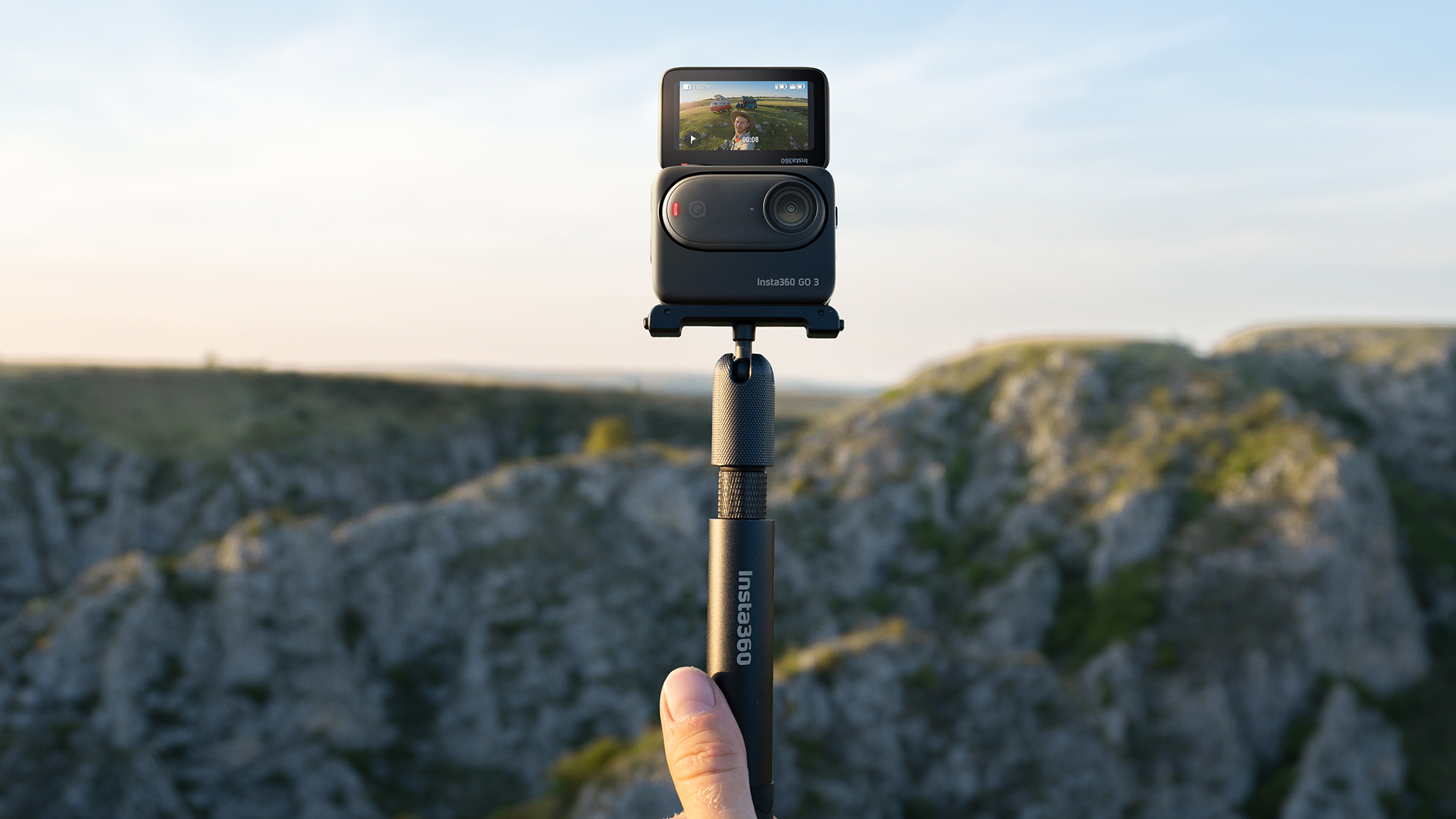 Best action camera 2025: rugged cams for adventurers and vloggers
Best action camera 2025: rugged cams for adventurers and vloggersThe best action cameras from GoPro, DJI, Insta360 and others to capture your adventures
By Matt Kollat Published
-
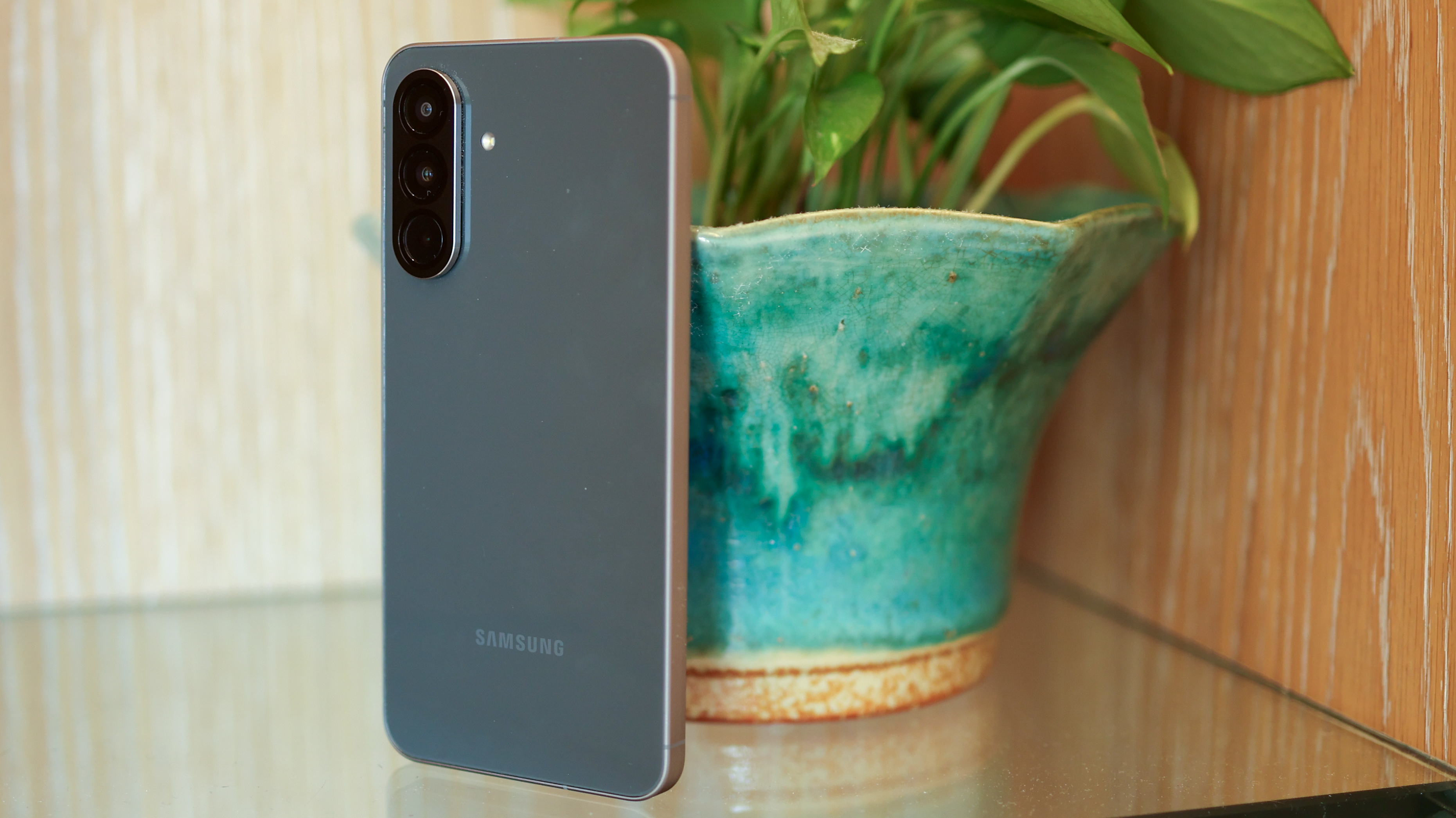 Samsung's affordable phones get Awesome Intelligence upgrade for free
Samsung's affordable phones get Awesome Intelligence upgrade for freeAnd its available to install right now
By Britta O'Boyle Published
-
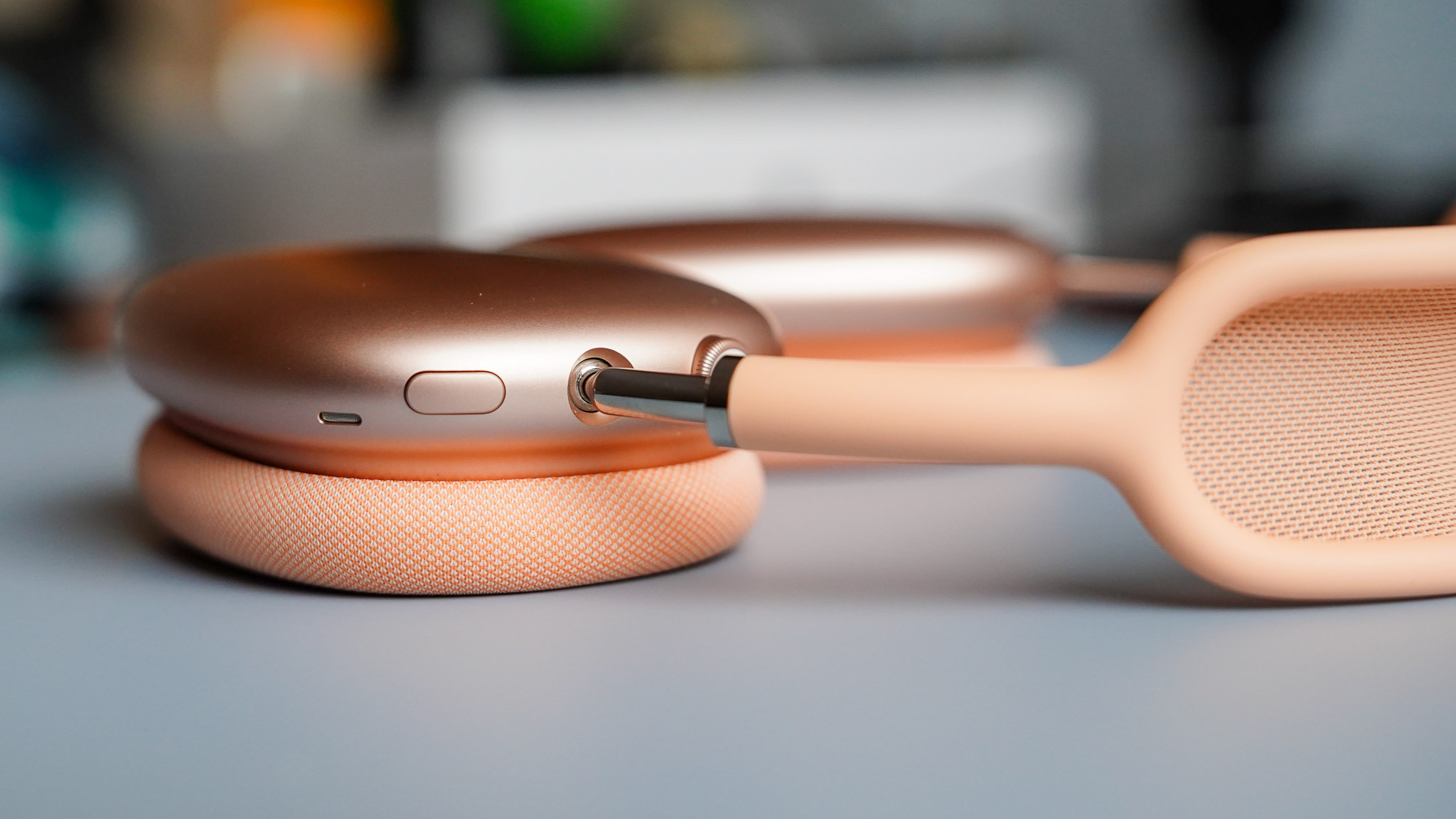 AirPods Max finally get the great free upgrade Apple promised
AirPods Max finally get the great free upgrade Apple promisedHere's how to make sure your headphones are running the right firmware
By Britta O'Boyle Published
-
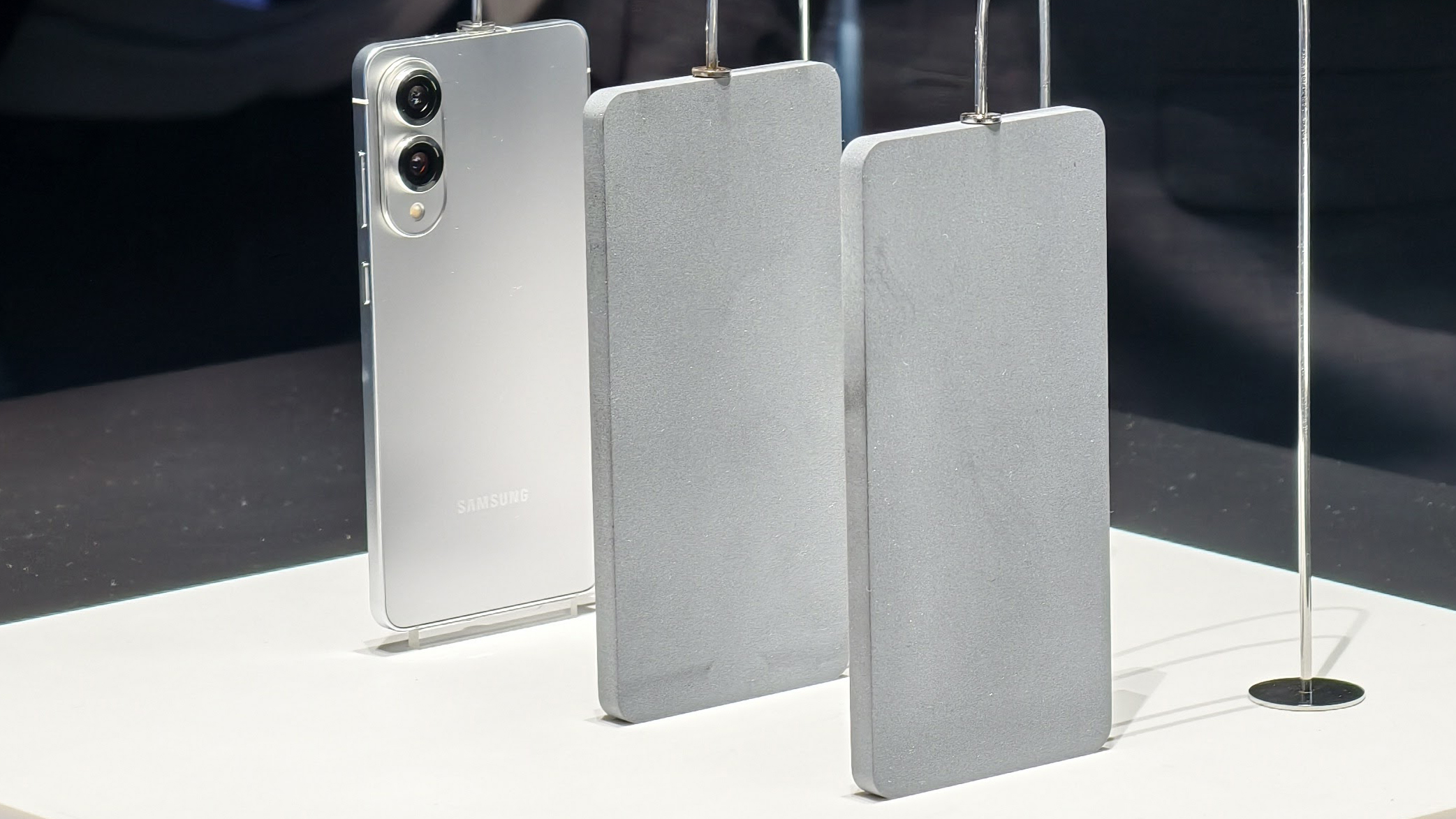 Samsung Galaxy S25 Edge could launch sooner than expected, because of space and time
Samsung Galaxy S25 Edge could launch sooner than expected, because of space and timeYou don't have to be a Doctor to realise why
By Britta O'Boyle Published
-
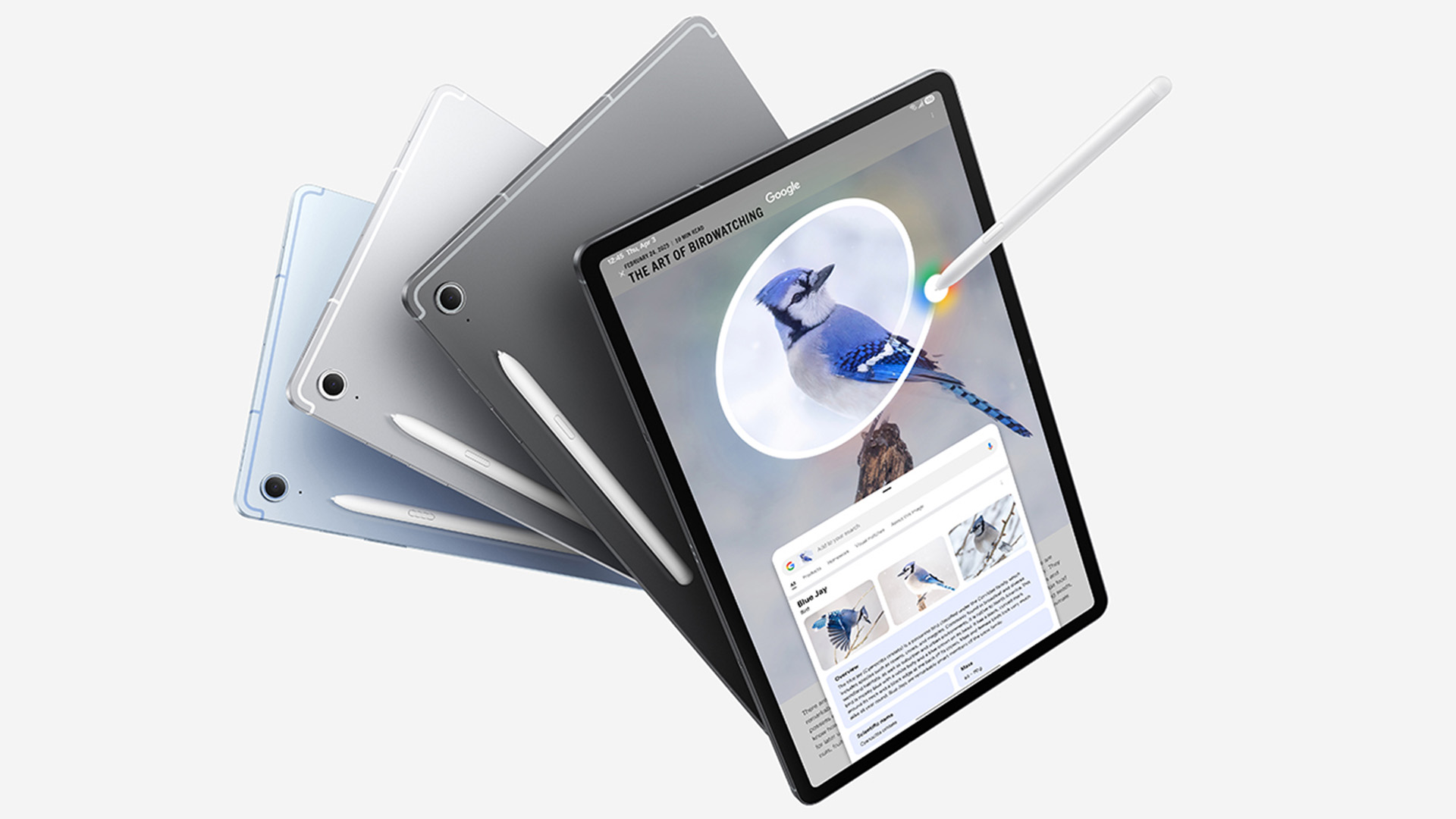 The Galaxy Tab S10 FE might be Samsung's best-value tablet yet
The Galaxy Tab S10 FE might be Samsung's best-value tablet yetA great new semi-premium entrypoint
By Max Freeman-Mills Published